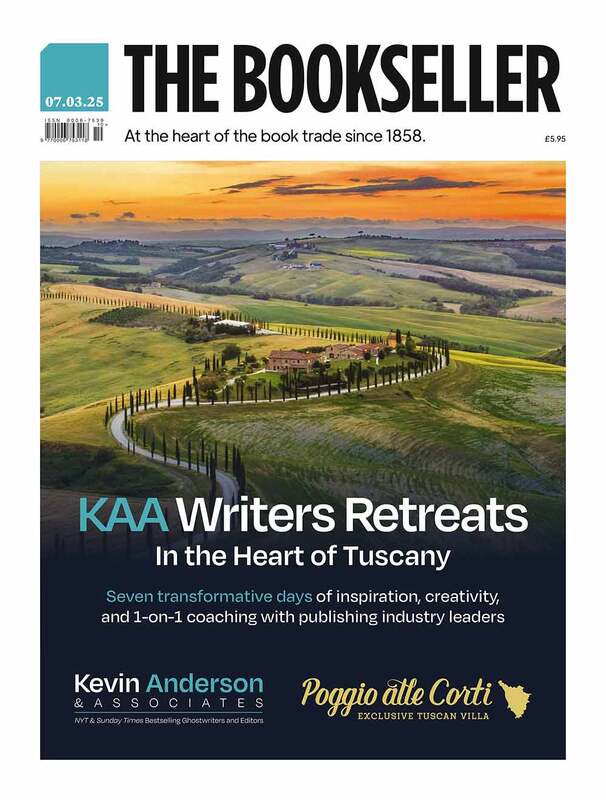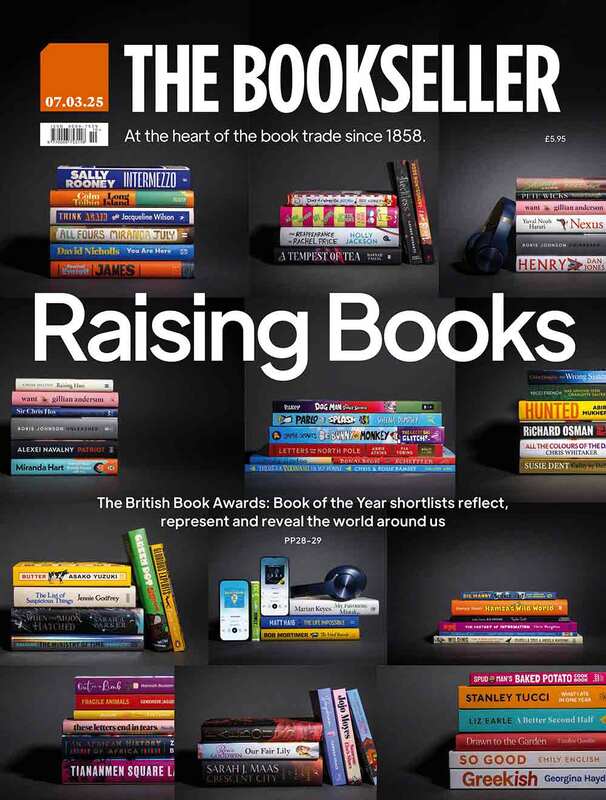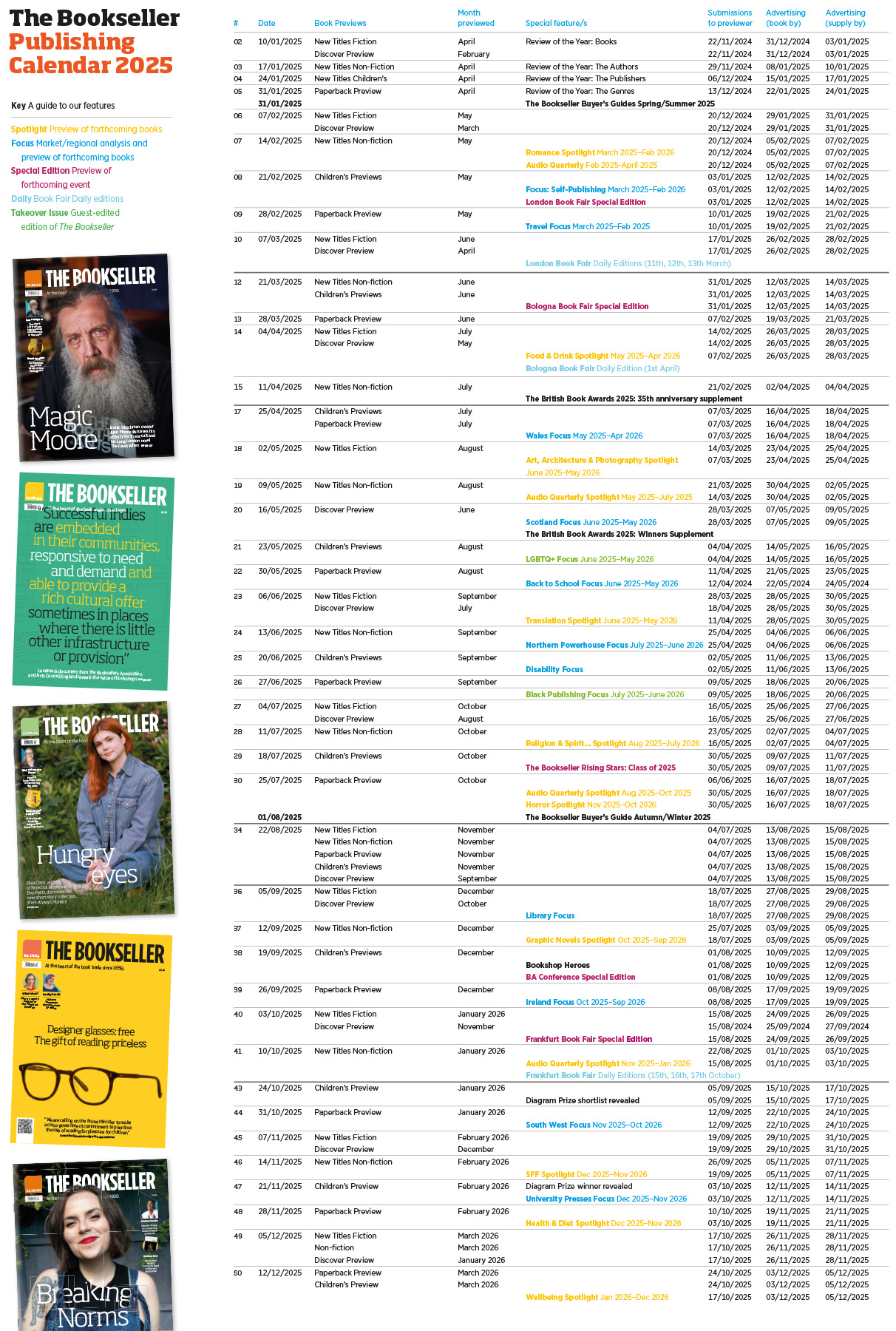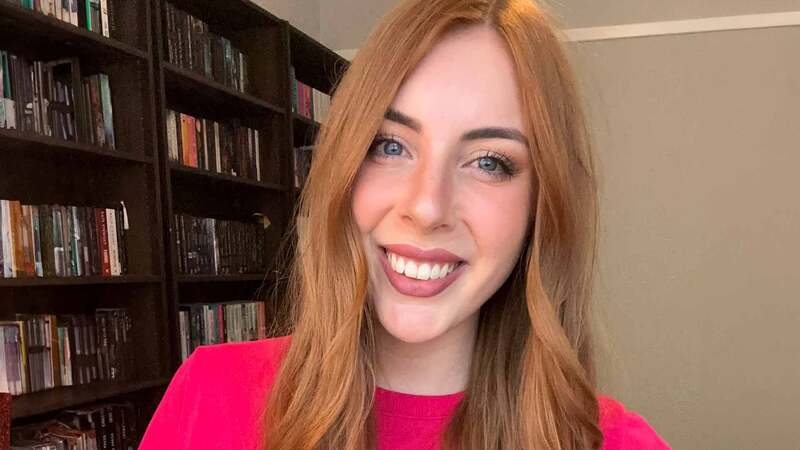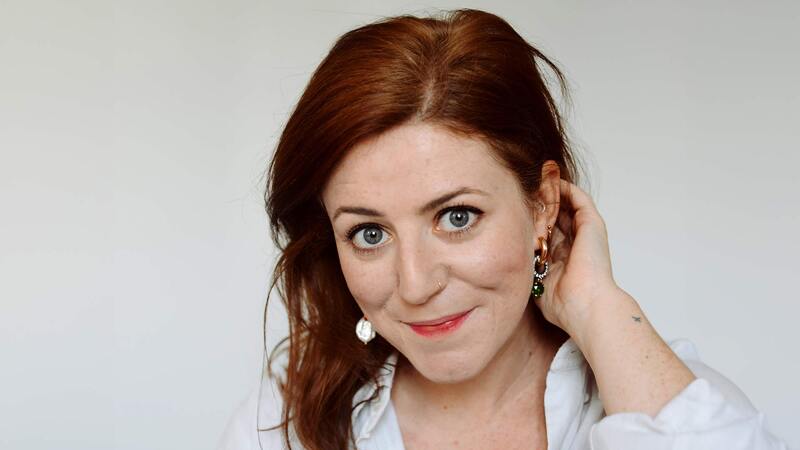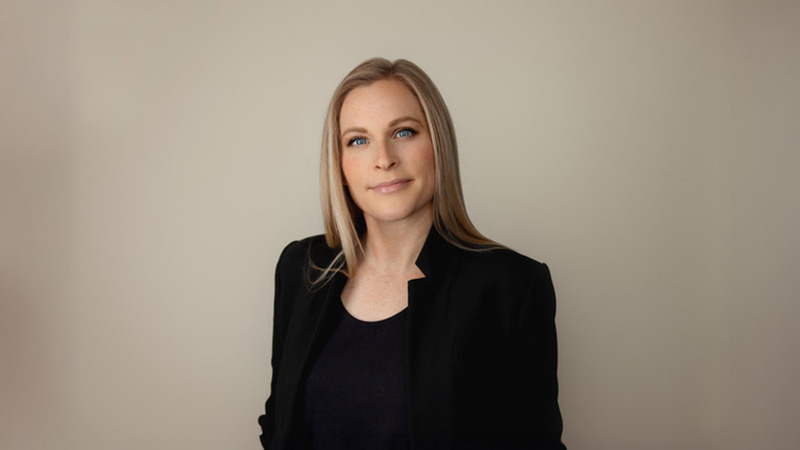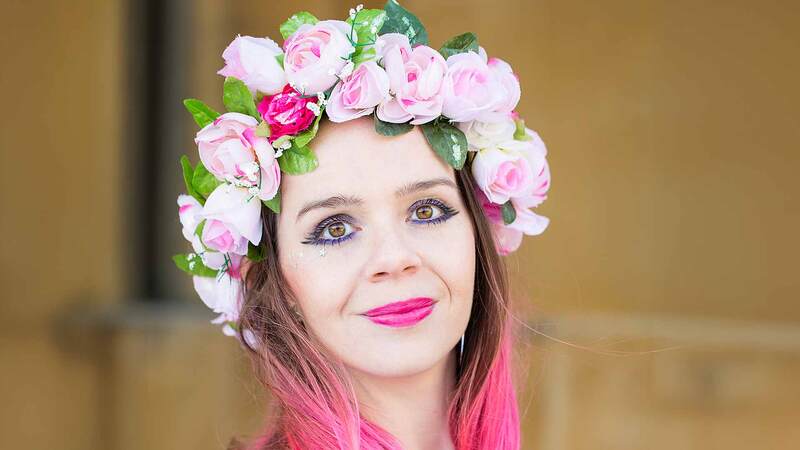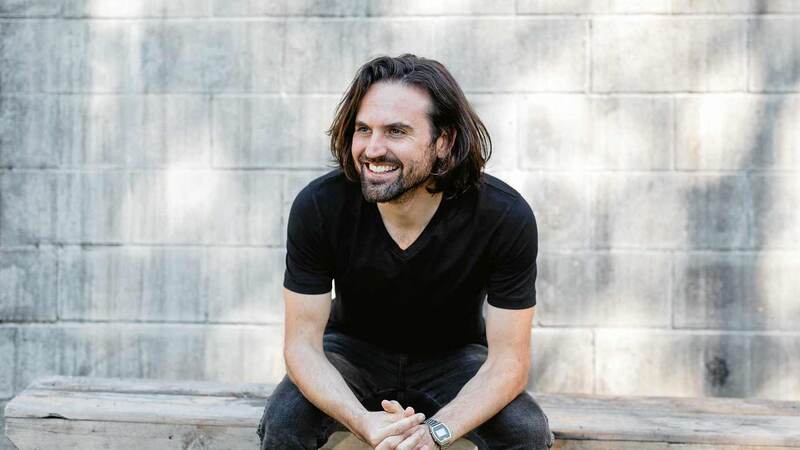You are viewing your 1 free article this month. Login to read more articles.
Fun, fantasy and feminism forecast for 2018
Editors and agents are predicting a continued focus on empowering female-led narratives and diverse voices in children’s and YA books in 2018.
Agents have told The Bookseller that editors are currently looking for “diversity, feminism and friendships across all ages”. MMB Creative agent Sallyanne Sweeney says: “There’s a definite trend towards strong female friendships and not necessarily having a love interest in books across middle grade and YA.” Sweeney says that publishers are being “very selective” in YA, with editors looking for fantasy and humour stories particularly. Fellow agent Ben Illis has noticed “caution” from “squeezed” editors, although there is interest in “quality literary YA and genuinely funny, magical middle grade”, as well as “books that will provoke understanding of, and empathy for, our fellow humans”.
Bent Agency director Molly Ker Hawn says publishers are looking for fiction and non-fiction projects that “examine the political state of our world and help readers make sense of what’s happening around them, from a wider variety of voices and perspectives than we heard from a few years ago”. According to agent Caroline Sheldon, editors are on the hunt for “the highest-quality middle-grade fiction, with the two fs, funny and fantasy, frequently mentioned”.
Meanwhile, editors are reporting more “inclusive and representative” submissions from agents, with Scholastic’s editorial director for fiction Lauren Fortune saying: “All of the conversations around diversity are leading to agents submitting more own voices manuscripts across every age range.” For example, books about someone with a disability written by someone with a disability. “[It’s] less of a trend than a sea change—for good,” she added.
Walker Books publishing director Jane Winterbotham adds: “We’ve recently seen more submissions tackling empathy, mental health and better understanding of others’ backgrounds and situations.”
Molly Ker Hawn and Sarah Odedina
Sarah Odedina, editor-at-large of Pushkin Children’s Books, recently visited the Guadalajara Book Fair, and says: “The worldwide trend that I see very strongly is the publication of books that address the main political issue of the day, the movement of people around the world. There is also an international emphasis on ensuring that both content and authors are diverse. It seems that all countries are finally waking up to the fact that they have to be more inclusive in their publishing in order to include all young people as potential readers.”
Grainne Clear, publishing manager and art director at Little Island Books, thinks that the combination of 2017 “being a year of women speaking out and telling their own stories” and 2018 being the centenary of suffrage means that the current wave of feminist titles will continue. She predicts there will also be more books about gender issues generally, “as it’s a subject so rooted in people’s experience right now”.
As well as the centenary of women’s suffrage, Winterbotham highlights the 2018 FIFA World Cup and the centenary of the end of the First World War as notable tie-in publishing events. She warns that, although the market remains strong for books with high design and production values, it is becoming increasingly crowded, so “only the best will come to the top”.
Jane Griffiths, editorial director for children’s fiction at Simon & Schuster UK, thinks there will be a rise in “high-fantasy novels that use their setting to explore racial tensions or political turmoil in worlds removed from our own”. Fortune also foresees a rise in fantasy worlds rooted in diverse cultures, such as Tomi Adeyemi’s Children of Blood and Bone trilogy, which draws inspiration from West African mythology. The first volume will be published by Macmillan Children’s Books in March after it struck a six-figure deal at this year’s Bologna Children’s Book Fair. And there is a middle grade adventure coming from Scholastic in May, Aru Shah and the End of Time by Roshani Chokshi, which is infused with Indian mythology and folklore.
Tomi Adeyemi's Children of Blood and Bone and Roshani Chokshi (© Aman Sharma)
Sweeney says: “This year seemed to be all about middle grade and I think we’ll see fantasy, adventure and humour continuing to grow for this age group. I hope to see a bit more space given to YA, in the media as well as in publishing. Without any dominant US brands right now, there’s room for British and Irish voices to really break out next year.” Illis is also hoping for more emphasis on UK YA after “a challenging couple of years”. In terms of the current emphasis on “diversity across the board”, he hopes that authors’ fears about cultural appropriation— where, for example, authors from a mainstream background write books about diversity—will abate “where the books in question are rooted in the right place”.
Agent Alice Sutherland-Hawes of the Madeleine Milburn Literary, Film & TV Agency is seeing a rise in magical series that cross the line between middle grade and YA, and she believes “YA is leaning more towards contemporary realistic fiction, [a trend] which shows no signs of dissipating”.
In terms of 2017 trends that may not carry over to 2018, Ker Hawn says: “It looks to me like it’s getting harder for newer YouTube stars’ books to find the enormous audiences that the more established vloggers have had in recent years.” However, Sheldon believes that celebrity authors “who write high-quality children’s books and are committed to the field” will continue to thrive.
Illis believes that the middle grade detective genre “has run its course, for now”, meanwhile, Griffiths says: “In the middle grade area, there’s been a distinct turn to classic-style children’s books that have adventure, magic or fantasy at their heart. This means that funny middle-grade fiction, which has been riding high for a while, has been slowing down and I think that will continue to be the case as we head into 2018, minus the few big-name exceptions, such as David Walliams and Liz Pichon.”

